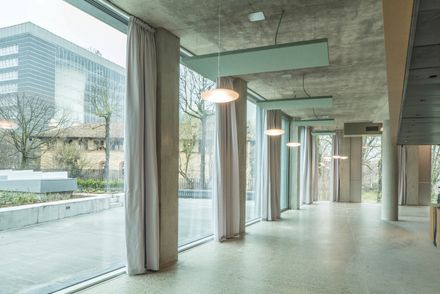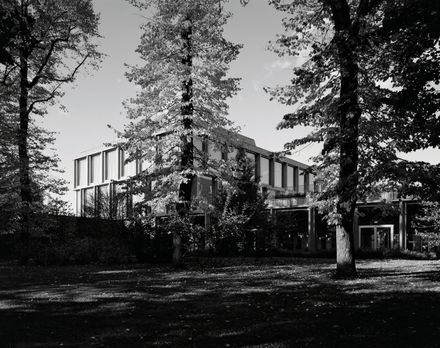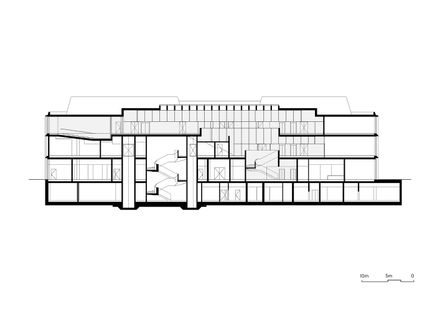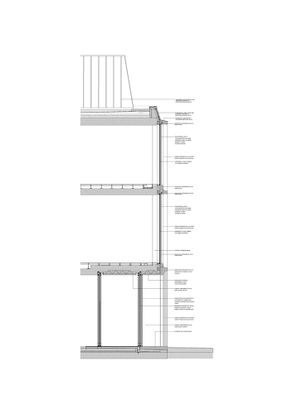
Pirelli Learning Center
ARCHITECTS
Onsite Studio
LEAD ARCHITECTS
Angelo Lunati, Giancarlo Floridi
PROJECT ARCHITECT
Michele Miserotti
GENERAL CONTRACTOR
Carron Cav. Angelo S.p.a.
STRUCTURE / CONSTRUCTION MANAGEMENT
Sce Project S.r.l.
SAFETY & SECURITY
Soluzioni S.r.l.
LANDSCAPE DESIGNERS
Studio Giorgetta
MEP
Deerns Italia S.p.a.
DESIGN TEAM
Stefano Casula, Filippo Cattapan, Leonardo Chironi, Nicolò De Paoli, Emilio Ellena, Filippo Fagioli, Jo Fonti, Luca Gallizioli, Davide Macchi, Gianpietro Manazza, Chiara Molinari, Ilaria Pisoni, Sebastian Sanchez
LIGHTING
Voltaire Sas
PHOTOGRAPHS
Filippo Romano, Hélène Binet
AREA
8500 m²
YEAR
2020
LOCATION
Milano, Italy
CATEGORY
Restaurant, Learning, Offices Interiors
The new corporate building is located inside a historic industrial neighborhood north of Milan, Bicocca, transformed at the end of the 80s into a new residential and services district following a master plan designed by Vittorio Gregotti.
The building will contain the learning center and the canteen is located at the heart of the neighborhood, directly relating to Arcimboldi Theatre, Pirelli foundation and the corporate headquarter, one of the most significant buildings designed by Gregotti.
Given this context, the project aims to define a contemporary building that echoes the sober urban characters of the campus as well as the historic buildings and that establishes dimensional and proportional relations in terms of the facade, windows, and decorations with the surrounding environment.
The new complex appears as a compact and dense element divided into three levels, parallel to Viale Sarca; however, it opens up towards the broad historic garden through a one-floor building with a wide green terrace.
Such element yields a sequence of different open spaces and produces various visual relations between the buildings of the campus.
As for the functional scheme, its compactness is combined with the creation of two connecting and crossing elements: one on the ground floor that connects the entrance from Viale Sarca with the campus, one other that links different functions of the learning center: a winter garden, a library, double-height relaxing spaces and meeting rooms.
This “Learning street” confers great spatial quality to the lecture rooms, which have been designed to be as pragmatic and simple as possible, considering a future conversion into offices.


































































